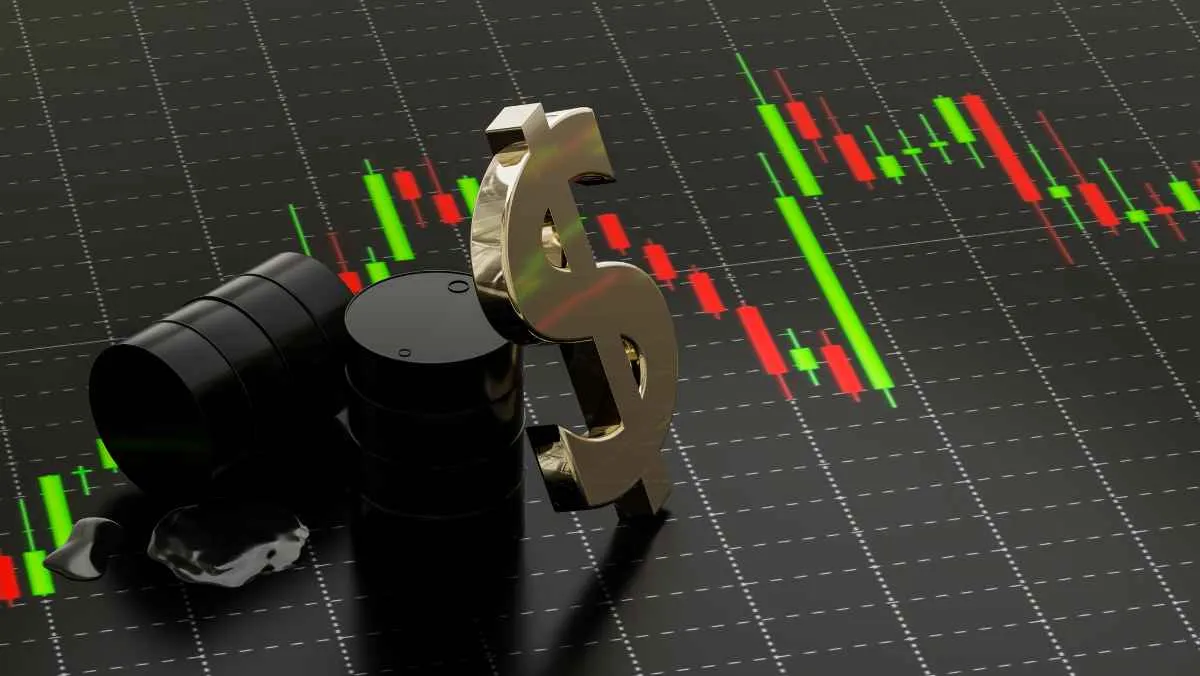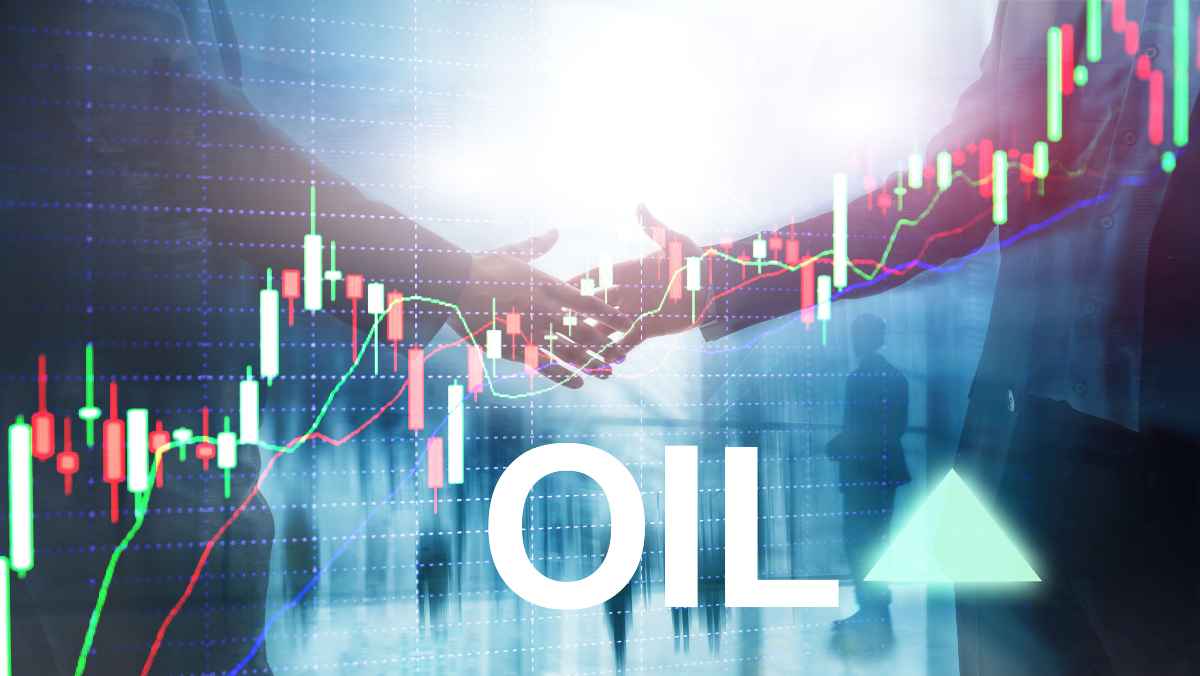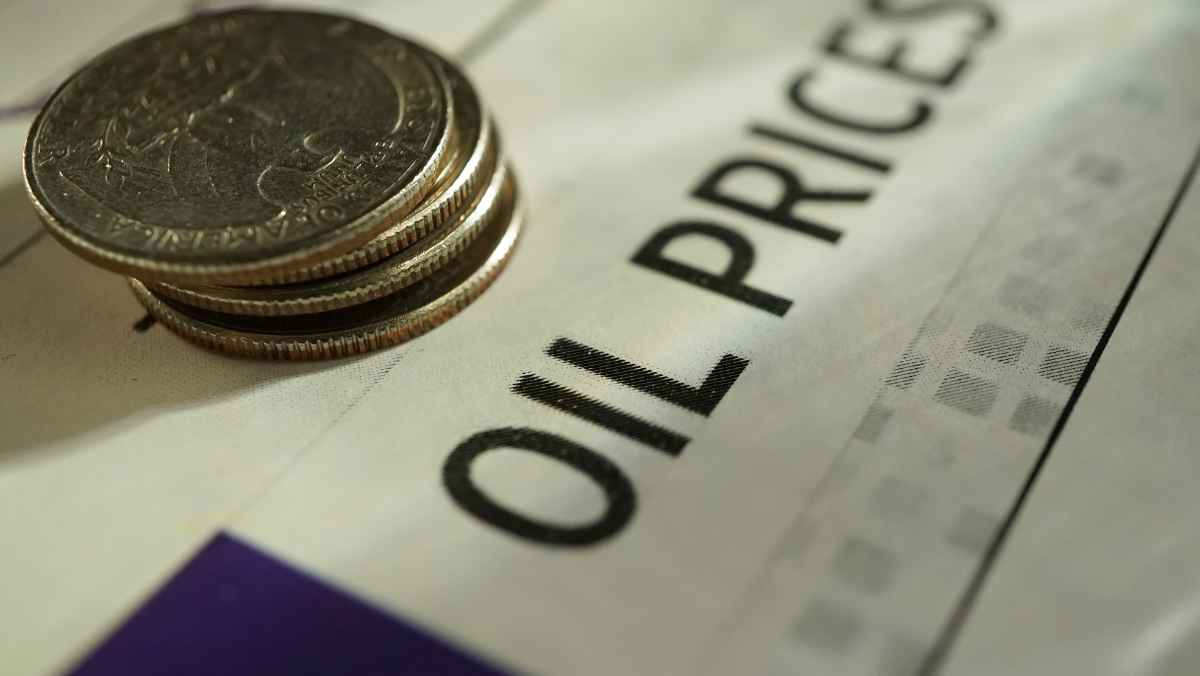Wednesday May 3 2023 10:41

7 min

If you want to trade oil, you will have to understand the differences between CFDs and futures. Luckily, we’ve put together this handy guide to help you get started with crude oil trading.

CFDs (contracts for difference) and futures contracts are two of the most popular ways to trade crude oil. They may seem similar, but the two are separated by some important differences. Understanding both will help you adapt oil commodities into your own unique trading style.
Futures are contracts in which an exchange for a set amount of oil to be sold at a set price on a set date is agreed upon.
Exporters and importers use futures to insure against any potential adverse effects of oil price volatility. Typically, oil futures are for contracts on 1,000 barrels of oil. A $1 price movement equates to $1,000 here. Futures contracts are settled on the physical delivery of oil but can also be settled with cash too.
WTI and Brent are two of the three major oil benchmarks. These are oil blends used to gauge oil prices around the world. The other benchmark is Dubai Crude.
Specific oil futures are traded via commodities exchanges. Brent futures are traded on the Intercontinental Exchange (ICE) in London, as Brent refers to a blend of oil extracted from fields in the North Sea. WTI futures are traded on the New York Mercantile Exchange (NYMEX). WTI stands for West Texas Intermediate, historically coming from oilfields in Western Texas.
There is often a high level of complexity involved in professional oil trading, hence why it is most typically done by professional oil traders.
Oil CFDs are a much more accessible way for retail traders to speculate on the oil share price without the need for the substantial collateral required to trade futures contracts, or without having to physically own any oil. Oil futures CFDs simply mirror the movement of the underlying contract.
CFDs are leveraged products. They give you market exposure for a percentage of the full trade you wish to make. This means that you can potentially make profits if the market moves in your favour.
You can also lose money if the market moves against you and you are not using adequate risk management tools.
Let’s look at an example.
With a WTI CFD, you would be trading on the price movements of a minimum of 10 units of WTI oil (i.e., ten barrels).
If the oil price is $60 per barrel, your exposure would be $600 (10 x 60). As oil futures use 10% leverage as standard, your initial margin would be $60 (10% of $600).
If the price of oil rises by $1, you would then make 10 x $1. If the price fell by $1, you would lose 10 x $1, because you are trading on margin.
Moreover, in addition to CFDs of futures contracts, it is possible to trade Spot Oil as a continuous contract which does not expire. If you are thinking about trading oil via CFDs, please be aware of the risks. You can make profit, but you can also make big losses. Only trade if you can afford to lose money.

The crude oil share price, and oil prices in general, are affected by lots of different things, including demand for oil, production costs, output, geopolitical events in the Middle East, decisions by OPEC and Russia, the seasonal driving habits in the US – the world’s largest crude market (10% of global daily oil demand depends on gasoline demand from American motorists), cyclical economic growth and numerous other factors.
For example, the oil price dropped massively at the peak of the Covid-19 pandemic. That’s because the restricted movement of people and goods meant there was less demand for fuel oil. Fewer people around the world were traveling by car, boat, or plane
Technological shifts that allow for cheaper production have also altered pricing structures. For decades, WTI was traditionally priced higher than Brent Crude. With the advent of shale extraction technology and WTI price declines, Brent now usually trades at a higher price than West Texas Intermediate.
Oversupply has been a persistent problem in recent years. You may hear of a glut on oil markets. That’s when oil production outstrips oil demand. OPEC, and allies keep a close eye on oil production levels because of this. Since the Covid pandemic, for instance, OPEC and allies have introduced production cuts.
US oil stockpiles are also carefully monitored. The US, as the current world’s largest economy, is the largest consumer of oil globally. In 2019, it was using over 19 million barrels of oil per day. Because of this, the volume of oil the US keeps stockpiled is carefully watched by oil traders.
The Energy Information Administration’s (EIA) Crude Oil Inventories report is published every week, usually on Wednesdays at 15.30 GMT. This measures the weekly change in the number of barrels of commercial crude oil held by US firms.
If there is a higher-than-expected increase in crude inventories, that may mean weaker demand, and may mean oil prices fall. The same can be said if a decline in inventories is less than expected.
If the increase in crude inventories is lower than expected, that may mean demand his higher, which means prices may rise too. The same can be said if a decline in inventories is higher than expected.
The US Oil rig count is also watched closely by oil traders. As This counts the number oil rigs functioning in the United States. It’s important to track because it can give an idea of how much oil production is occurring. A lot of oil being produced can mean high demand, which in turn can mean high prices. Low production can mean low demand, thus lower prices. However, if there is a lot of oil being produced, but low demand on the market, this can cause a glut, and subsequently lower prices.